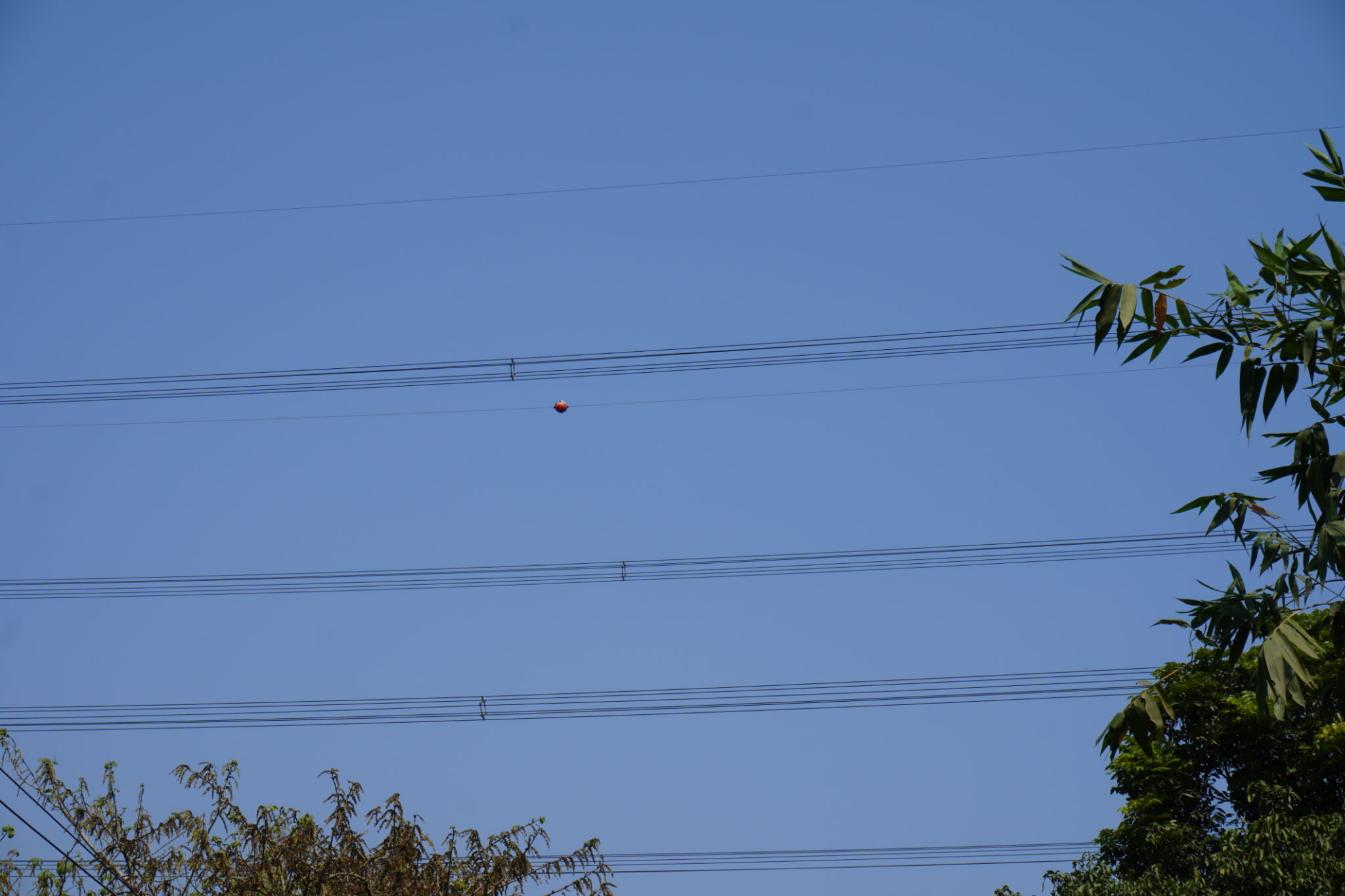Common Myths About Bird Flight Diverters: What You Need to Know
Understanding Bird Flight Diverters
Bird flight diverters are essential tools designed to prevent bird collisions with structures like power lines and wind turbines. Despite their effectiveness, several myths surround their use and functionality. This article aims to debunk these common misconceptions and provide clear insights into the importance of bird flight diverters.

Myth 1: Bird Flight Diverters Are Unnecessary
One of the most pervasive myths is that bird flight diverters are unnecessary. Some believe that birds can naturally avoid obstacles without any aid. However, studies have shown that many avian species struggle to detect certain structures, especially those with slim profiles like power lines. Bird flight diverters enhance visibility, significantly reducing the risk of collisions.
Myth 2: All Birds Can See Diverters
Another common misconception is that all birds can easily spot flight diverters. While diverters are designed to be visible, not all species perceive them equally due to differences in visual acuity and behavior. For instance, certain waterfowl or nocturnal birds may not see diverters as clearly as diurnal species. Therefore, selecting the right type of diverter is crucial for its effectiveness.

Effectiveness and Design of Bird Flight Diverters
Bird flight diverters come in various designs, such as spirals, flappers, and reflective disks. These designs cater to different environments and bird species. The purpose of these designs is to make structures more visible to birds from a distance, thus preventing potential collisions.
Myth 3: Diverters Are Harmful to Birds
Some people mistakenly believe that bird flight diverters can harm birds by luring them towards danger. In reality, diverters are non-invasive devices that serve as visual cues to alert birds of nearby obstacles. They are designed to be environmentally friendly and safe for all wildlife.
Myth 4: Flight Diverters Are Expensive and Ineffective
Cost concerns often arise when discussing bird flight diverters. While there is an initial investment involved in installing these devices, the long-term benefits far outweigh the costs. By reducing bird mortality and preventing outages caused by collisions, diverters prove to be a cost-effective solution for both wildlife conservation and infrastructure maintenance.

Implementing Bird Flight Diverters
For individuals and organizations considering the implementation of bird flight diverters, it is important to consult with wildlife experts to determine the most suitable type and placement of these devices. Correct installation and maintenance are critical to maximizing their effectiveness.
Myth 5: Flight Diverters Eliminate All Bird Collisions
While bird flight diverters significantly decrease the number of bird collisions, they do not entirely eliminate them. Various factors such as weather conditions, bird species, and local habitat can influence their effectiveness. However, when used correctly, they are a vital component in bird conservation strategies.
In conclusion, understanding the reality behind bird flight diverters and dismissing common myths is essential for promoting their use and protecting avian wildlife. Through informed implementation, we can ensure that these devices contribute positively to bird conservation efforts.